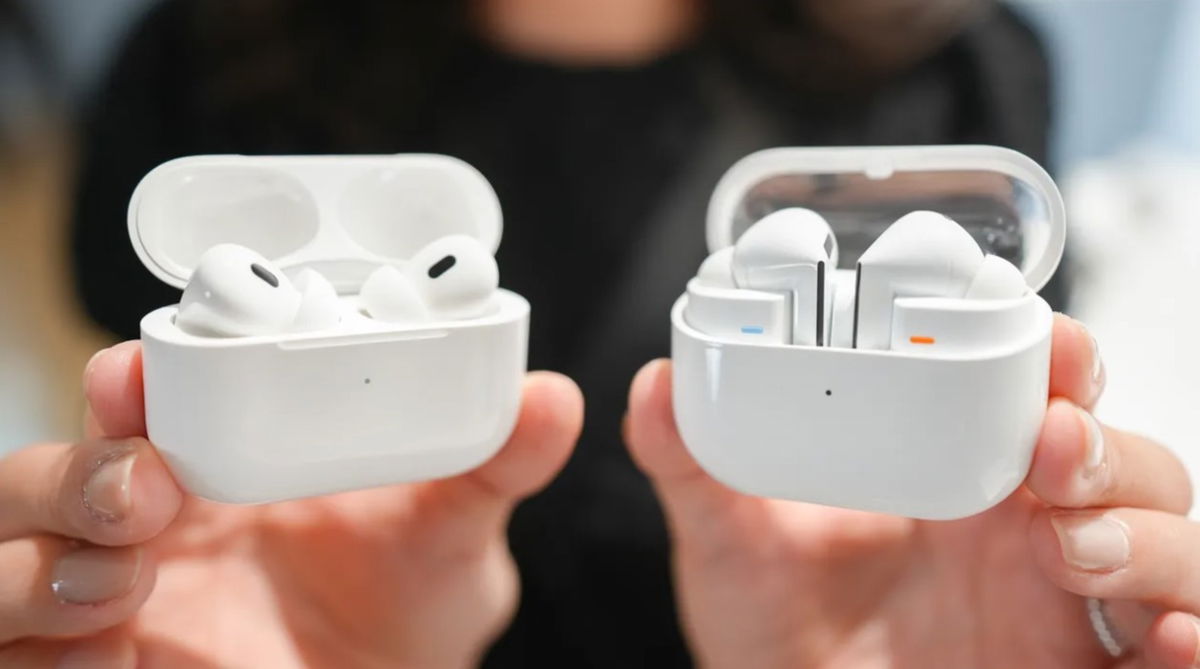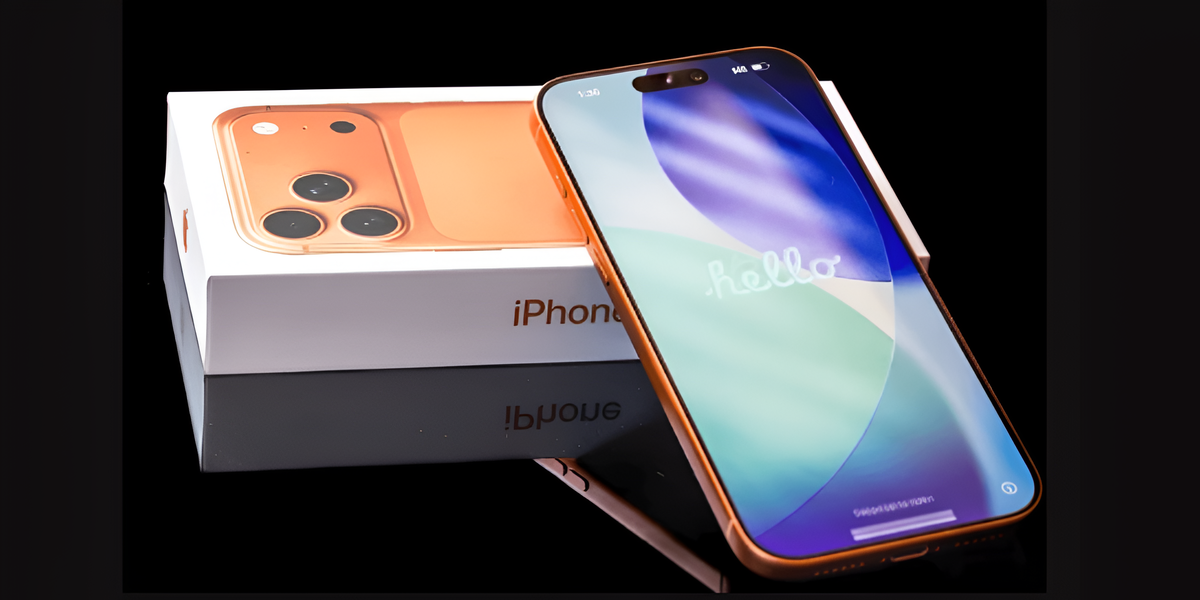Despite numerous campaigns to raise awareness of the dangers drunk driving, it continues to be one of the most common causes of road accidents. For this reason, scientists have been looking for new methods for many years to measure the amount of alcohol metabolized in the body. Breathalyzers used at checkpoints are very useful, but they are expensive and inconvenient to use. Therefore, a group of researchers from Stanford and Toronto universities has developed an algorithm for mobile phones that can calculate alcohol poisoning by simply recording user voice.
They chose this option because does not require the purchase of new devices. Today, almost everyone has a mobile phone, so all you need to do is install an application. Moreover, it would be possible measure your alcohol regularly, without the user having to specify it. That is, the cell phone will be able to measure your voice from time to time in everyday conversations. Thus, if the moment comes when dangerous poisoning is detected, an alarm will be activated.
And the best part is that all of this can be applied to other parameters, such as the pace of your walking or the way you write text messages. Even a combination of all of them. But for this we will have to go step by step. The first voice-focused tests have now been carried out. resounding success.
Voice analysis to measure alcohol levels in the body
Anyone who has ever abused alcohol knows well that a slurred voice and tongue-tiedness are among the first signs. But there may also be some parameters that are invisible to us, but common to most intoxications.
Therefore, these scientists decided to use machine learning and artificial intelligence develop an algorithm capable of detecting patterns in voice that may be associated with alcohol poisoning.
To do this they took part 18 people, over 21 years of age, who were given a controlled dose of alcohol. Shortly before this, exhaled air samples were taken and they were read the tongue twister out loud. Then both procedures were repeated for seven hours. Every hour they had to read a tongue twister and every half hour their alcohol levels were measured. exhaled air.
Thus, the algorithm was able to detect these voice changes depending on the amount of alcohol in the breath. Once the artificial intelligence was trained, it became possible to measure alcohol through recordings using Accuracy 98%.
Other methods
This was a very small study with very few participants. The study authors admit that they would like to conduct more experiments with a larger number of volunteers belonging to different nationalities. It is well known that, for example, Asians tolerate alcohol worse, since many lack the protein that facilitates its metabolism. Therefore, it would be interesting to take this factor into account.
They also note the importance of taking other factors into account. If we wait until the person who has had too much alcohol takes out their phone, activates the app, and records themselves reading a tongue twister to measure the level of alcohol in their system, we may be disappointed. Therefore, the application must be able to work automatically and take action periodically. In the case of the voice, it can be detected from time to time if changes occur in the speech. If the user is in a crowded bar or talking to other people, this can be difficult. However, the algorithm is also designed to focus on the person’s voice and delete He background noise.
What happens if this person has been drinking and is now walking to the car alone? If measurements need to be taken and the voice cannot be detected, other parameters should be looked for, for example, the way of walking. But what happens if the user continues to sit at the bar? You may have decided to text your ex or tell your partner you’ll be home late. This can also be measured. It is important to have an algorithm trained detect anomalies according to many parameters and, if necessary, resort to each of them or their combination.
So we still have a long way to go before we can measure alcohol using this type of device. But we know it is doable and perhaps part of our future. Meanwhile, no matter how trite and insistent it may sound, if you are drunk, do not drive.
Source: Hiper Textual













